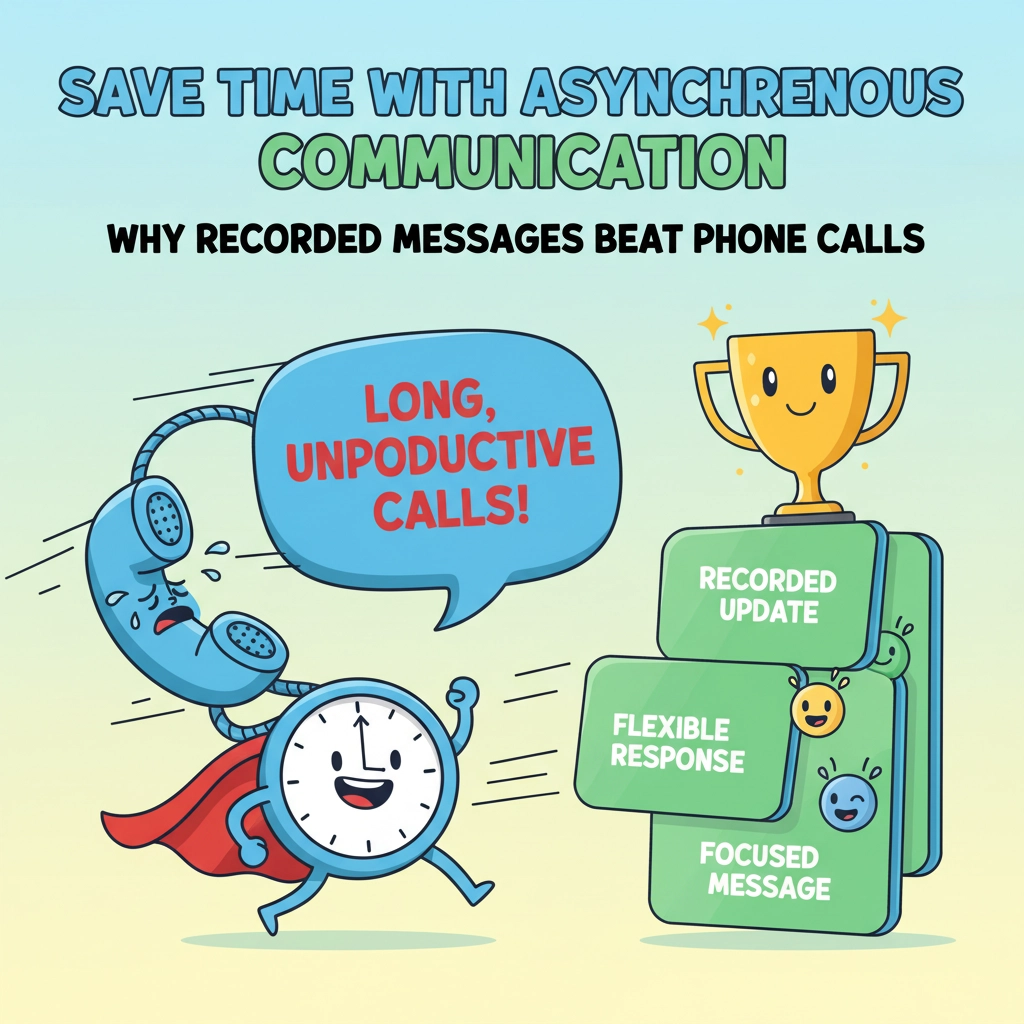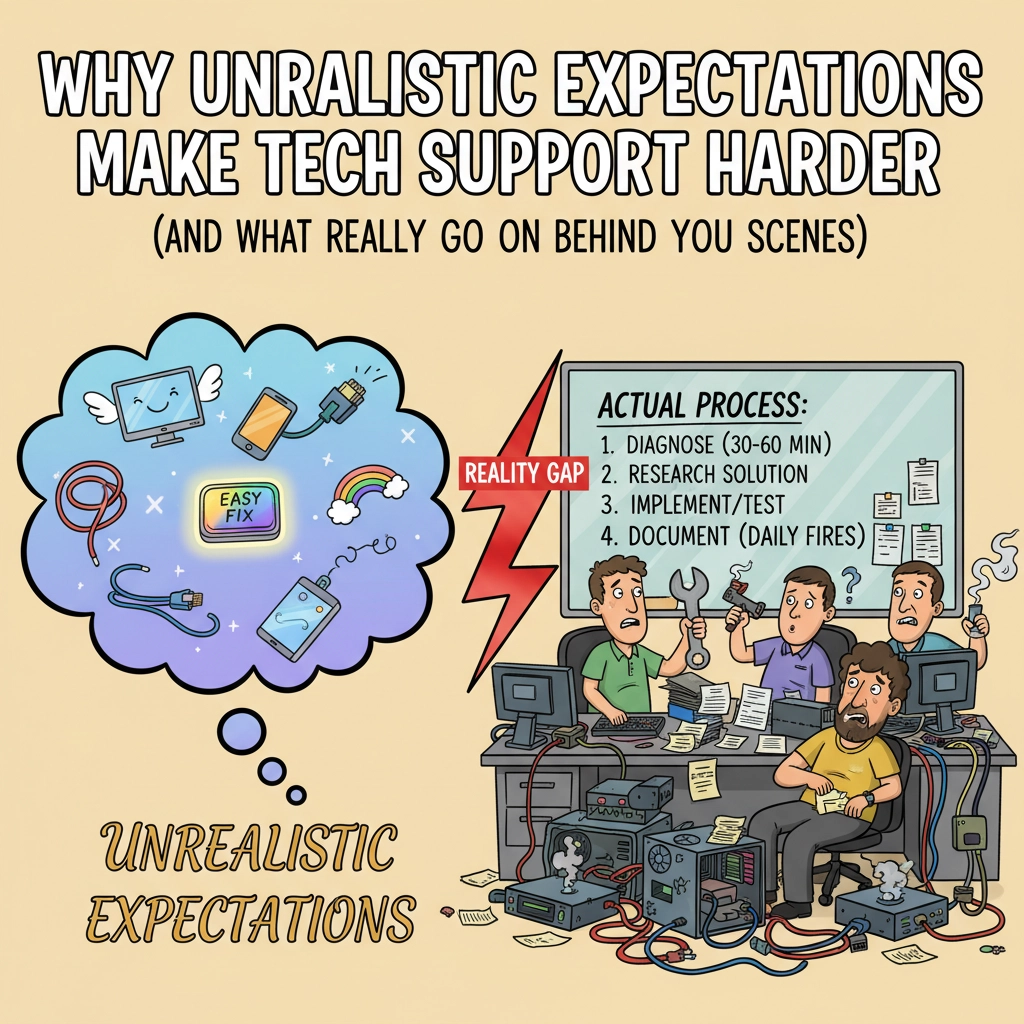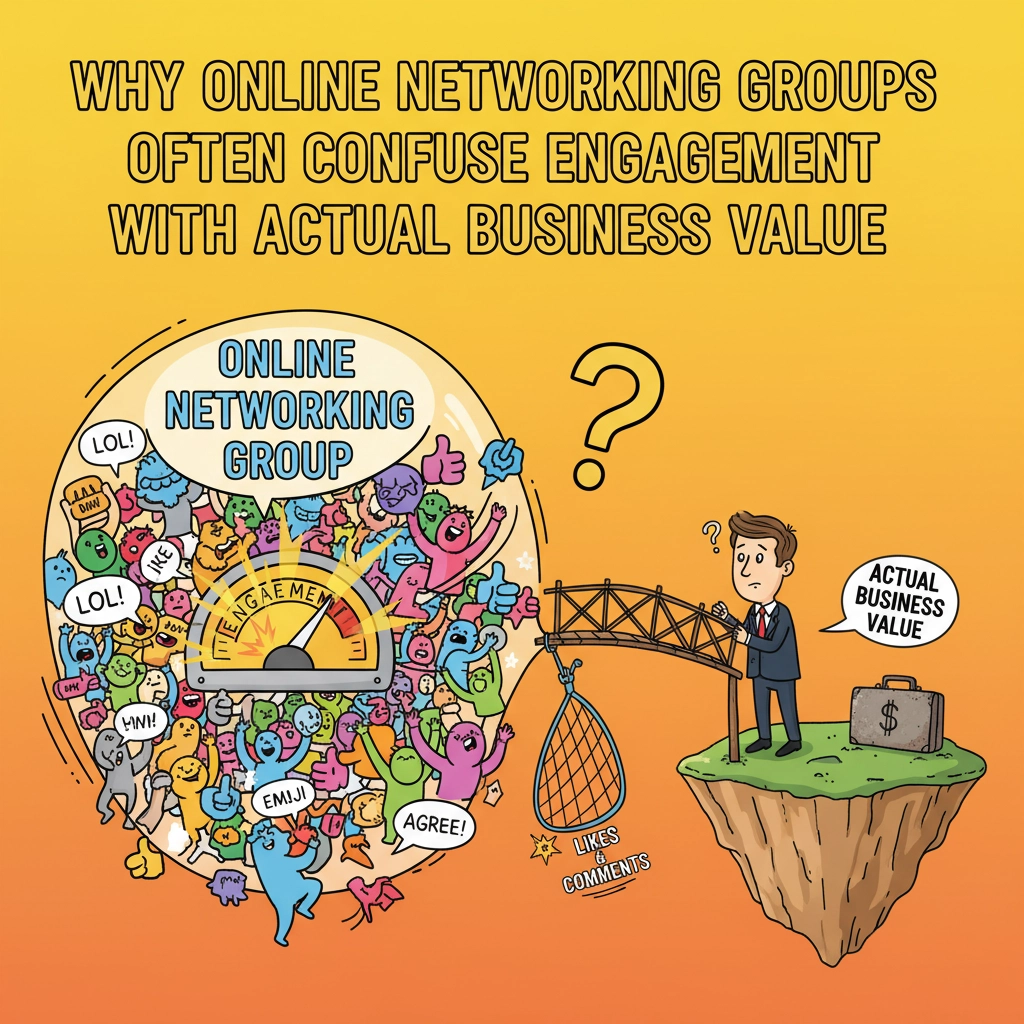
Let’s be honest, how many times have you sat through a 30-minute call that could’ve been a 3-minute voice memo? Can’t count how many calls could have been an email. You’re not imagining it. Most business calls are productivity killers disguised as “collaboration.”
While everyone’s busy scheduling meetings to discuss scheduling meetings, smart business owners are ditching the phone for something revolutionary: recorded messages. Whether it’s a quick video explanation, a voice memo, or a screen recording, asynchronous communication is saving companies serious time and sanity.
The Hidden Cost of “Quick” Phone Calls
That “quick 10-minute call” isn’t actually 10 minutes. By the time you’ve coordinated schedules, dealt with technical difficulties (“Can you hear me now?”), and recovered from the context switching, you’ve burned through an hour.
Research shows every time you switch between tasks, you lose an average of 20 minutes getting back into your flow state. If you’re juggling multiple calls throughout the day, those interruptions can eliminate up to four hours of productive work time. Four hours! That’s half your workday gone because someone couldn’t just record what they needed to say.

Phone calls also create the multitasking trap. You’re trying to listen, take notes, and stay engaged while your brain is thinking about the seventeen other things on your to-do list. The result? Incomplete information, missed details, and follow-up calls to clarify what should’ve been crystal clear the first time.
Why Recorded Messages Actually Work
No More Scheduling Tetris
Remember the last time you tried to schedule a call with more than two people? It’s like solving a Rubik’s cube while blindfolded. Recorded messages eliminate this entirely. You record when you’re thinking clearly, and recipients can engage when they’re mentally available, not when their calendar says they should be.
Speed Control Is Everything
Here’s something phone calls can’t do: let you consume information at your own pace. With recorded messages, you can speed up boring parts, replay complex sections, and pause to take proper notes. Try doing that with your chatty colleague who takes five minutes to get to the point.
Complete Thoughts, Zero Interruptions
Ever tried explaining something complex on a call, only to get interrupted mid-sentence? Recorded messages let you deliver your complete thought process without someone jumping in with questions that you were about to answer anyway. You can think through your communication, organize your points, and deliver everything clearly in one shot.
The Business Impact Is Real
A healthcare study found that providers using asynchronous communication completed patient-related tasks 20 minutes faster, a 58% time reduction compared to traditional phone workflows. That’s not just efficiency; that’s transformation.

For small to mid-sized businesses, this translates to:
Automatic Documentation
Every recorded message becomes a reference document. No more “Wait, what did we decide in that call last week?” moments. Your team can revisit important information anytime, and new employees can get up to speed by reviewing message archives instead of requiring separate training calls.
Better Quality Responses
When people aren’t pressure to respond immediately, they give better answers. They can research, think through implications, and provide comprehensive responses instead of the knee-jerk reactions that dominate live calls.
Reduced Meeting Fatigue
Your team can focus on deep work instead of being constantly available for immediate responses. This leads to higher quality output and, frankly, happier employees who aren’t burned out from back-to-back video calls.
Making the Switch: Practical Steps
Start With Internal Communications
Begin by replacing simple status updates and quick questions with voice memos. Most smartphones make this incredibly easy, record, send, done. For more complex topics, try screen recordings that show exactly what you’re talking about.
Set Response Time Expectations
The beauty of asynchronous communication is that it’s not immediate. Set clear expectations about response times (24-48 hours is reasonable) so people don’t panic when they don’t get instant replies.
Use the Right Tool for the Job
Quick questions? Voice memo. Complex explanations? Screen recording with audio. Team updates? Video message. The key is matching the medium to the message complexity.

Real-Time Fixes vs. Fact-Finding (Stop Mixing Them Up)
Not every call is evil. The good ones produce a decision, unblock a task, or literally fix something in the next 5–15 minutes. The bad ones? Endless “just checking” loops and “can we align?” chats that could’ve been a tight email or a 2‑minute screen recording. SMBs don’t have time for redo theater.
Real-time calls are worth it when:
- There’s a live fire to put out and someone on the call can actually push the button to fix it now.
- A decision must be made today and the right decision-maker is present.
- You need rapid back-and-forth to troubleshoot a complex, time-sensitive issue.
Default to async when it’s:
- Fact-finding, status updates, or “bring me up to speed.”
- Iteration feedback that will be reviewed by more than one person.
- Anything that benefits from pausing, thinking, and referencing links, screenshots, or steps.
Why email or recordings for fact-finding?
- They create a written/visual source of truth you can forward, search, and reuse.
- They reduce “telephone game” errors and help new stakeholders catch up without another call.
- People give better answers when they’re not put on the spot. Common productivity research on attention residue and context switching backs this up—slower, written thinking reduces rework and second-guessing.
About those back-to-back calls…
Stacking calls tends to recreate the same conversation with slightly different attendees. Decisions get rehashed, requirements drift, and you redo the same work three times. Asynchronous chunks spread over a day or two do the opposite: you send a concise recording, others respond when focused, and adjustments land once, in writing. The result is fewer reversals, clearer accountability, and actual time saved.
Try this play this week:
- Replace “quick chat?” with a message that follows this template: Goal, Facts, Decision Needed, Owner, Due Date.
- Add a 60–180 second screen recording if visuals help.
- Give 24 hours for replies unless it’s a true blocker.
You’ll cut meetings, reduce redo, and keep momentum without babysitting everyone’s calendar.
When Calls Still Make Sense
Look, we’re not saying phone calls should disappear completely. Some situations genuinely need real-time interaction:
- Sensitive conversations requiring emotional nuance
- Brainstorming sessions where ideas build on each other
- Crisis situations needing immediate resolution
- Negotiations where timing and reaction matter
The trick is being intentional about when you choose synchronous versus asynchronous communication.
The Tech Support Connection
This shift toward asynchronous communication is particularly valuable in managed services and tech support scenarios. Instead of trying to explain complex technical issues over the phone (“Click on the thing… no, the OTHER thing”), tech professionals can create screen recordings showing exactly what needs to be done.
Clients get crystal-clear instructions they can follow at their own pace, and support teams can create reusable resources for common issues. It’s a win-win that reduces frustration and improves outcomes: whether you’re dealing with cyber security protocols, software installations, or AI implementation.
The Bottom Line
Asynchronous communication isn’t just a trend: it’s a fundamental shift toward respecting people’s time and attention. When you record a message instead of scheduling a call, you’re saying “I value your schedule, your focus, and your ability to process information thoughtfully.”
Your future self will thank you when you’re not spending half your day in meetings that could’ve been messages. Your team will be more productive, your communications will be clearer, and you’ll finally have time for the work that actually matters.
So the next time you’re about to send that “Got 5 minutes for a quick call?” message, ask yourself: wouldn’t a 2-minute recording be better for everyone? Your productivity: and your sanity: depend on it.
The revolution starts with hitting record instead of dial. Your calendar will never be the same.
Share this:
- Click to share on Facebook (Opens in new window) Facebook
- Click to share on Tumblr (Opens in new window) Tumblr
- Click to share on X (Opens in new window) X
- Click to share on Pocket (Opens in new window) Pocket
- Click to share on Pinterest (Opens in new window) Pinterest
- Click to share on LinkedIn (Opens in new window) LinkedIn





